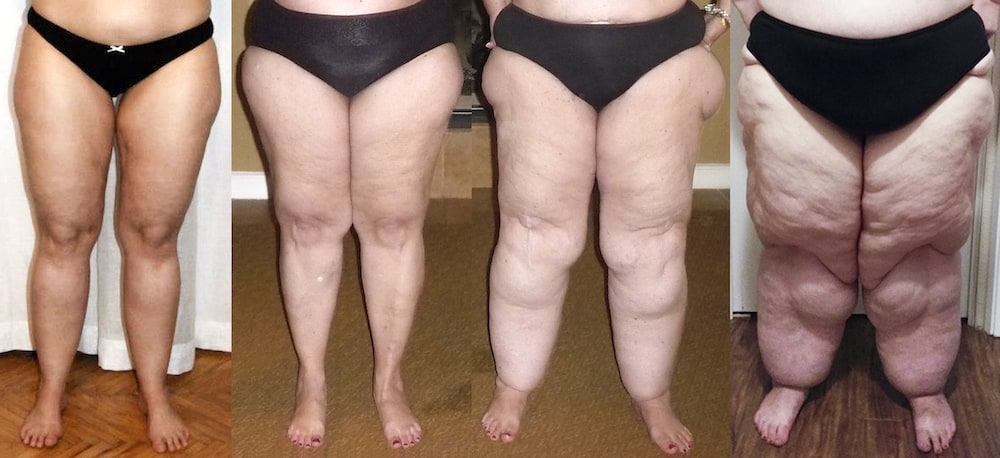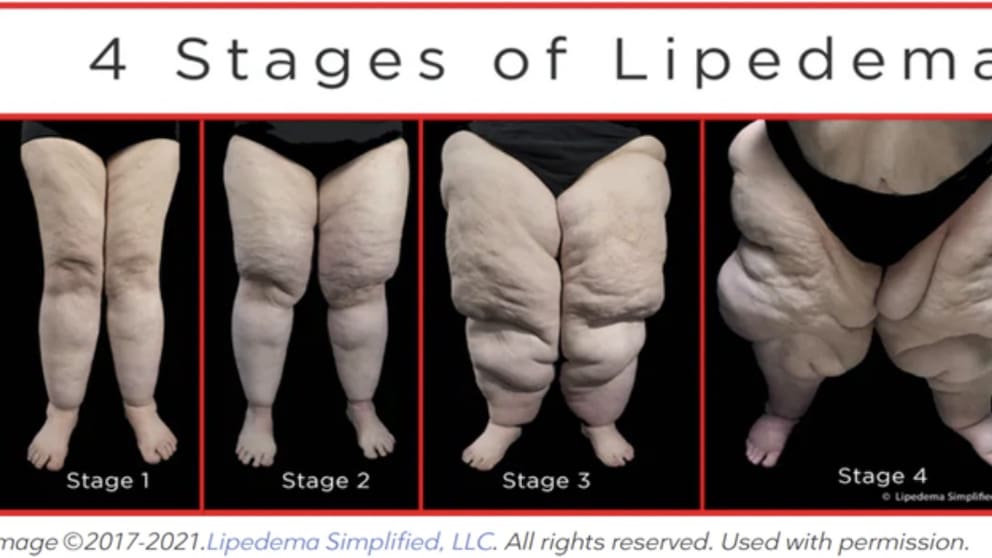Understanding Lipedema in New Zealand: A Comprehensive Overview
Lipedema, a condition that often goes unnoticed or misdiagnosed, has begun to garner more attention in New Zealand. This chronic disorder, predominantly affecting women, involves an abnormal accumulation of fat, usually in the lower body, leading to significant discomfort and distress. This article delves into what lipedema entails, its prevalence in New Zealand, the challenges patients face, and the available support mechanisms.

Defining Lipedema
Lipedema is not just a weight issue; it’s a medical condition where the fat distribution follows a specific pattern. Unlike typical weight gain, lipedema fat deposits are resistant to diet and exercise, making conventional weight loss strategies ineffective. Here, fat accumulates disproportionately in the lower body, particularly the legs, hips, and sometimes the arms. Muscle discomfort, pain, and a feeling of heaviness are common symptoms, often worsening by standing or walking.
Prevalence in New Zealand
While there’s still a lack of comprehensive data specifically on lipedema prevalence in New Zealand, it’s estimated that this disorder might affect 11% of adult women globally. Given New Zealand’s population structure, where there’s a notable Maori and Pacific Islander community, there’s potential for unique epidemiological insights due to genetic factors. Awareness campaigns have started to highlight this condition, aiming to reduce the misdiagnosis or confusion with obesity or lymphedema.
Challenges for Patients
Living with lipedema presents several hurdles:
- Misdiagnosis: Due to its similarities to obesity or lymphedema, patients might be sidelined or given inappropriate advice.
- Healthcare: Access to specialists who understand lipedema can be scarce, leading to prolonged suffering.
- Emotional Impact: Social stigma associated with physical disparities from those who look similar but do not have lipedema can be demoralizing.
- Treatment Options: While conservative treatments like compression therapy and physical activity help manage symptoms, surgical interventions like liposuction are often necessary but costly.
Support and Resources
In New Zealand, various resources are emerging:

- Patient Support Groups: Organizations dedicated to providing community, resources, and advocacy are growing. They offer a platform for experiences to be shared, knowledge disseminated, and emotional support given.
- Healthcare Initiatives: More healthcare professionals are learning about lipedema through educational seminars and workshops, fostering a better informed medical community.
- Research: Efforts are underway to fund research aimed at enhancing understanding, diagnosis, and treatment methodologies tailored to New Zealand’s demographic diversity.
Personal Stories
Jane from Auckland shares, "I spent years feeling frustrated as my usual attempts to be in shape failed, and it was only after attending a workshop on lipedema that I understood why." Such stories resonate deeply, offering hope and solidarity to those searching for answers and understanding.
Community and Forward Progress
The lipedema community in New Zealand has been active in raising awareness. Events and educational programs have been hosted to disseminate accurate medical information, aiding in the timely diagnosis and initiation of appropriate treatment plans.
Advancements in medical technology, research, and greater community support have all contributed to a hopeful prognosis for lipedema patients. Understanding the subtle nuances between conditions, promoting inclusivity within our health systems, and creating accessible spaces for dialogue continue to benefit those living with this often-invisible disease.
To anyone living with or suspecting they might have lipedema, remember, you’re not alone. Help and understanding are evolving and increasingly available. Seek out community resources, engage with medical professionals who understand your plight, and embrace your tale as part of a larger community narrative where recovery and acceptance are possible.



